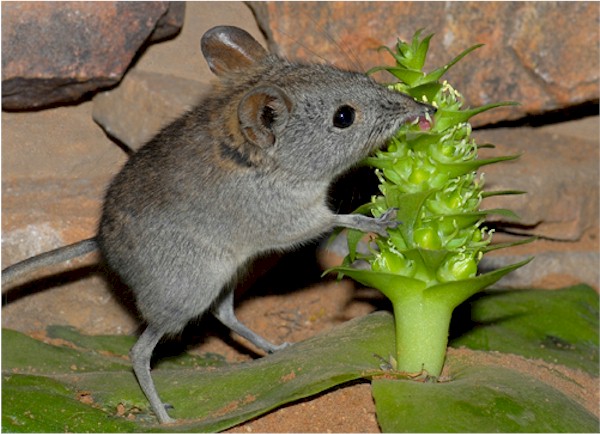Contents
You can’t have one without the other. About 75% of plants and crops, depend on fauna pollinators for their continued survival.
In the last post I discussed Flora, the follow-up puzzle piece is Fauna.
The fact is without fauna we’re just one generation away from an absence of most of the flora, which, in turn, would mean a decimation of the animal kingdom, as we know it, since a lot of their sustenance would disappear.
Flora depends on animal pollinators to transfer their pollen (grains containing what develops into the male ‘sperm’) from the stamen (the male organ) to the pistil (female organ) in plants for fertilization and reproduction.
The vast majority of this pollination takes place by flying fauna: birds, insects, bees, flies, butterflies and moths but some four (or more!) legged animals also provide this service including beetles, rodents, marsupials and primates.
The little known study of ‘therophily’, pollination by non-flying animals, reveals this symbiotic relationship of animals and plants at the most basic level, that of reproduction.
Here are some examples:
- The beautiful Traveler’s Palm tree in Madagascar is pollinated by long muzzled lemurs who have the skill to remove the tough leaves, called bracts, around the flower.
- The Cape Rock Elephant Shrew (related to the elephant family but only about 10 cm long) has a long pointed nose which moves in all directions like an elephant’s trunk as it laps up the nectar of the Pagoda Lily in South Africa while touching the reproductive organs and transferring the pollen with its nose.
- The Honey Possum in Australia pollinates eucalyptus flowers, spreading the pollen which sticks to its elongated snout while it slurps up the nectar with its particularly long tongue.
- The Palm Squirrel in coconut plantations in southern India was thought to be a nuisance to crops until investigation showed that production dropped 19% without their pollinating presence.
The above worldwide examples from Africa, Australia and India point to fauna and flora working hand in hand as we put the puzzle pieces of The Explanation together.
One constant of the Inventory of the Universe is the interdependency of ALL the parts which I’ve grouped into nice categories of the book, with a concluding chapter comparing animals and man… the results are surprising.
The vast and varied animal kingdom has much to reveal, as we shall see. Join the mailing list in the right column for notifications of future blog posts and to be kept up to date about publications in The Explanation Series.
Dig Deeper into The Explanation
Join The Explanation Newsletter to stay informed of updates. and future events. No obligations, total privacy, unsubscribe anytime, if you want.
Online Study Courses to Unlock Bible meaning via Biblical Hebrew… with no fuss. Free video courses that put you in the driver’s seat to navigate the Bible as never before. Join now
The Explanation series of seven books. Free to read online or purchase these valuable commentaries on Genesis 1-3 from your favorite book outlet. E-book and paperback formats are available. Use this link to see the details of each book and buy from your favorite store.
Since you read all the way to here… you liked it. Please use the Social Network links just below to share this information from The Explanation, No Fauna = No Pollination = No Balanced Food



